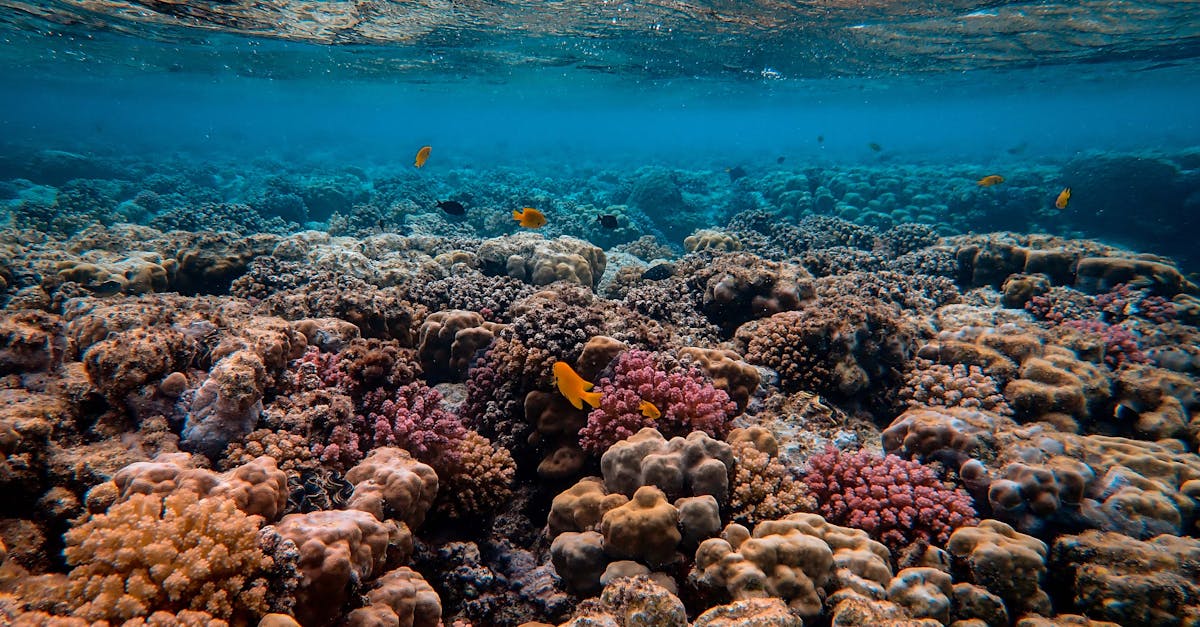Sharks are some of the most fascinating creatures in the ocean, known for their incredible adaptations and important roles in marine ecosystems. Understanding where sharks live helps us appreciate their diversity and the environments they thrive in. In this article, we will explore seven unique habitats where sharks can be found in the ocean, revealing the secrets of their underwater world. Below is a table that highlights these habitats along with the types of sharks commonly found in each location.
| Habitat | Common Shark Species |
|---|---|
| Coastal Waters | Great White Shark, Tiger Shark |
| Coral Reefs | Blacktip Reef Shark, Whitetip Reef Shark |
| Open Ocean | Blue Shark, Mako Shark |
| Deep Sea | Goblin Shark, Lanternshark |
| Estuaries and Mangroves | Nurse Shark, Bull Shark |
| Continental Shelves | Hammerhead Shark, Thresher Shark |
| Polar Regions | Greenland Shark |
Coastal Waters
Coastal waters are the shallow areas near shorelines where many species of sharks can be found. These regions are rich in nutrients and provide abundant food sources, making them ideal for larger sharks like the Great White and Tiger Sharks. The warm waters along coastlines attract these predators, where they hunt seals, fish, and other marine life. Coastal waters are particularly important during the breeding season, as many sharks come closer to shore to give birth to their young.

Coral Reefs
Coral reefs are vibrant ecosystems that support a diverse range of marine life, including many species of sharks. Blacktip and Whitetip Reef Sharks are commonly found in these colorful environments, where they play a crucial role in maintaining the balance of the reef ecosystem. These sharks often hunt smaller fish and invertebrates, and their presence helps regulate prey populations, ensuring the health of the reef. The intricate structures of coral reefs provide shelter and breeding grounds for sharks and their prey alike.

Open Ocean
The open ocean, also known as the pelagic zone, is a vast and deep environment where species like Blue Sharks and Mako Sharks roam. These sharks are known for their incredible speed and agility, which they use to chase down fast-moving prey such as schools of fish. The open ocean is characterized by its nutrient-poor waters, but it can still support a variety of marine life, thanks to the migrations of smaller fish and the movement of nutrients. Sharks in this habitat often travel long distances in search of food.

Deep Sea
The deep sea is one of the least explored areas of the ocean and is home to some of the most unique shark species, such as the Goblin Shark and Lanternshark. These sharks have adapted to the extreme conditions of the deep, including high pressure and low light. Goblin Sharks, with their distinctive elongated snouts, are rarely seen by humans, while Lanternsharks possess bioluminescent properties that help them navigate their dark environment. The deep sea is a mysterious habitat that continues to intrigue researchers and ocean enthusiasts alike.

Estuaries and Mangroves
Estuaries and mangroves serve as vital nurseries for many marine species, including sharks. Nurse Sharks and Bull Sharks are commonly found in these brackish waters, which provide a safe haven for young sharks to grow and develop. The shallow, sheltered environments of mangroves offer abundant food sources and protection from larger predators. These habitats play a crucial role in the life cycle of many shark species, ensuring their survival and promoting biodiversity in coastal regions.

Continental Shelves
Continental shelves are the submerged borders of continents, where the ocean is relatively shallow. This region is rich in marine life, attracting various shark species such as Hammerhead and Thresher Sharks. These sharks often hunt in schools and take advantage of the abundant fish populations that thrive in these nutrient-rich waters. Continental shelves are significant fishing grounds and are crucial for the health of marine ecosystems, providing a habitat for both sharks and their prey.

Polar Regions
The polar regions are home to the unique Greenland Shark, which is specially adapted to survive in cold, icy waters. These sharks can live for centuries and are known to inhabit deep waters near the Arctic and Antarctic. Greenland Sharks primarily feed on fish and are often found at depths of over 2,000 feet. Their slow metabolism allows them to thrive in these extreme conditions, making them one of the longest-living vertebrates on the planet.

FAQ
Where do sharks typically live in the ocean?
Sharks can be found in a variety of habitats in the ocean, including coastal waters, coral reefs, open ocean, deep sea, estuaries, mangroves, continental shelves, and even polar regions. Each habitat supports different species of sharks and plays a crucial role in their life cycles.
What is the most common type of shark found in coastal waters?
The Great White Shark and Tiger Shark are among the most common species found in coastal waters. These areas provide rich feeding grounds and breeding sites for these apex predators.
Are there sharks in freshwater?
Yes, some species of sharks, such as the Bull Shark, can tolerate freshwater and are often found in rivers and estuaries. This adaptability allows them to travel between freshwater and saltwater environments.
How do sharks contribute to the health of marine ecosystems?
Sharks are apex predators that help maintain the balance of marine ecosystems by controlling the populations of their prey. This regulation ensures that no single species dominates, promoting biodiversity and a healthy ocean environment.
References:
– [National Oceanic and Atmospheric Administration (NOAA)](https://www.noaa.gov)
– [Marine Conservation Society](https://www.mcsuk.org)
– [Australian Government – Department of Agriculture, Water and the Environment](https://www.environment.gov.au)
